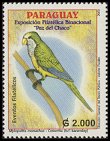Quaker Parakeet
|
|||
|
|
|
|
Their native habitat is semi-arid brush and savanna. Quakers are very adaptable to a wide range of climates and environments. In fact, feral populations have been established in urban areas like New York and Chicago where it can get very, very cold. Flocks range in size from a few pairs up to over 100 birds. Flocks tend to be larger outside of the breeding season. Their diet in the wild consists of grass seeds as well as fruits and berries, buds, flowers and occassional insects. Farmers are not very fond of Quaker parakeets. They consider them to be pests as they can cause significant levels of crop destruction. Quaker parakeets are the only parrot that builds nests using sticks and twigs. They build them high in the trees or even on the sides of cliffs. They are also the only parrot that builds communal nests holding up to 20 pairs of birds. Each pair of birds has its own condo with a separate entrance and two room living chamber. Quakers are very prolific breeders. Clutches range in size from 4 to 8 eggs and they can produce as many as six clutches per year. The wild population of Quaker parrots is not considered threatened. |
Listen to Quaker parrots in the wild:
Myiopsitta monachus
© 2015 Cornell University
View a video of a flock of feral Quakers in Brooklyn: See and listen to a vocal Quaker sitting outside his nest:
Source: The Internet Bird Collection |
|
|
|
|||||||||||
|
To see more pictures and information on Quaker parrots click the link below:
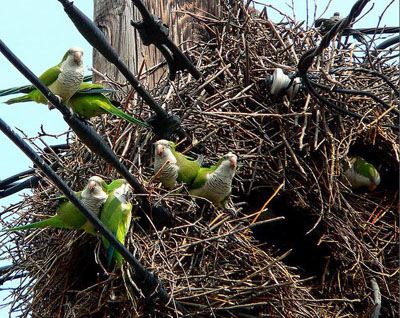 Feral Quakers Communal Nest Built on Power Pole
|
|
Related Articles
 Parrots of the Americas
Parrots of the Americas







































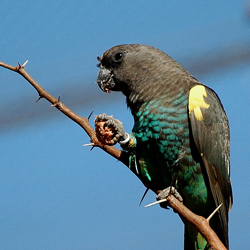



























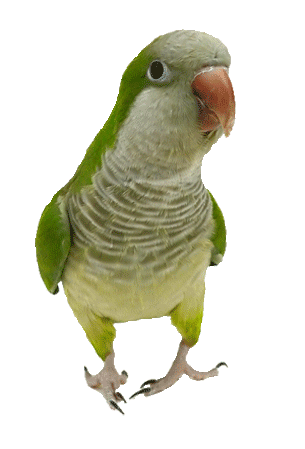
 Quaker parakeets are also called Monk parakeets and Quaker Parrots.
Quaker parakeets are also called Monk parakeets and Quaker Parrots.
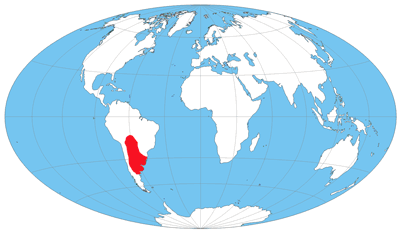 Quaker parakeets are native to South America. Specifically, they originate from Bolivia, Brazil, Argentina and Paraguay.
Quaker parakeets are native to South America. Specifically, they originate from Bolivia, Brazil, Argentina and Paraguay.

